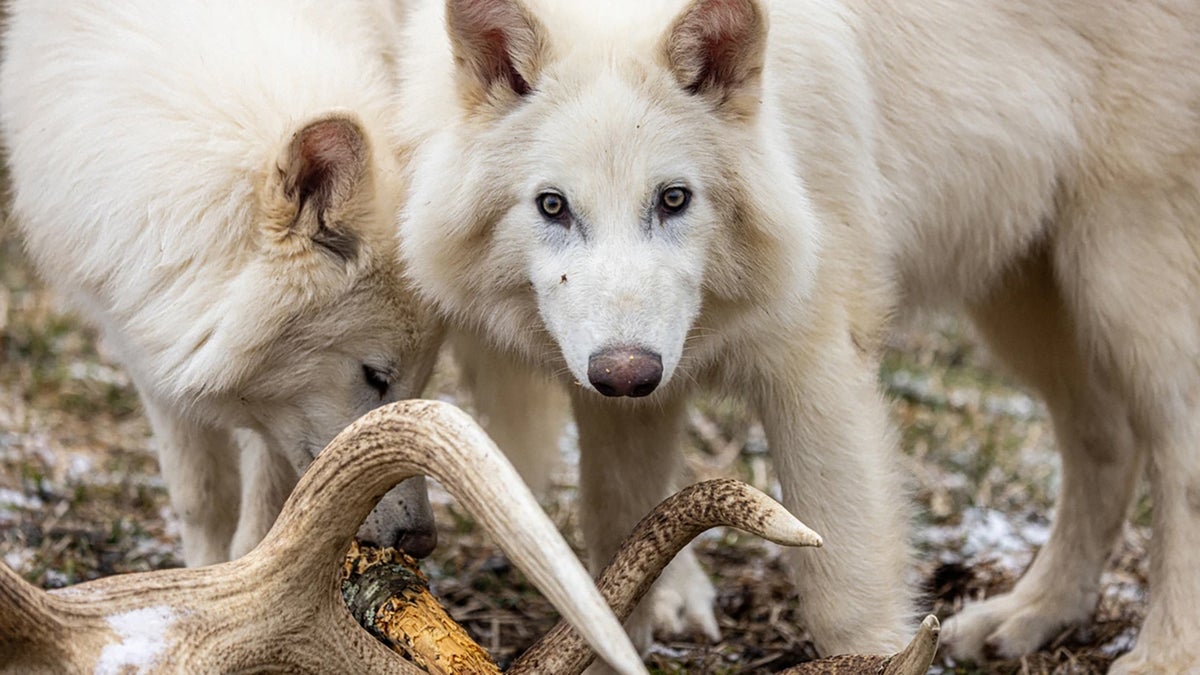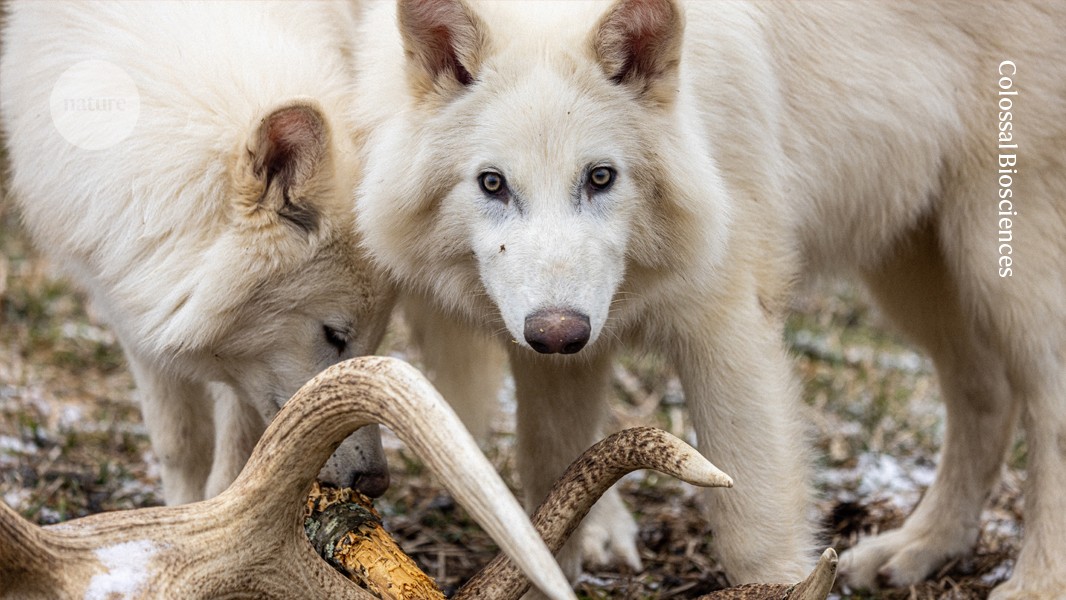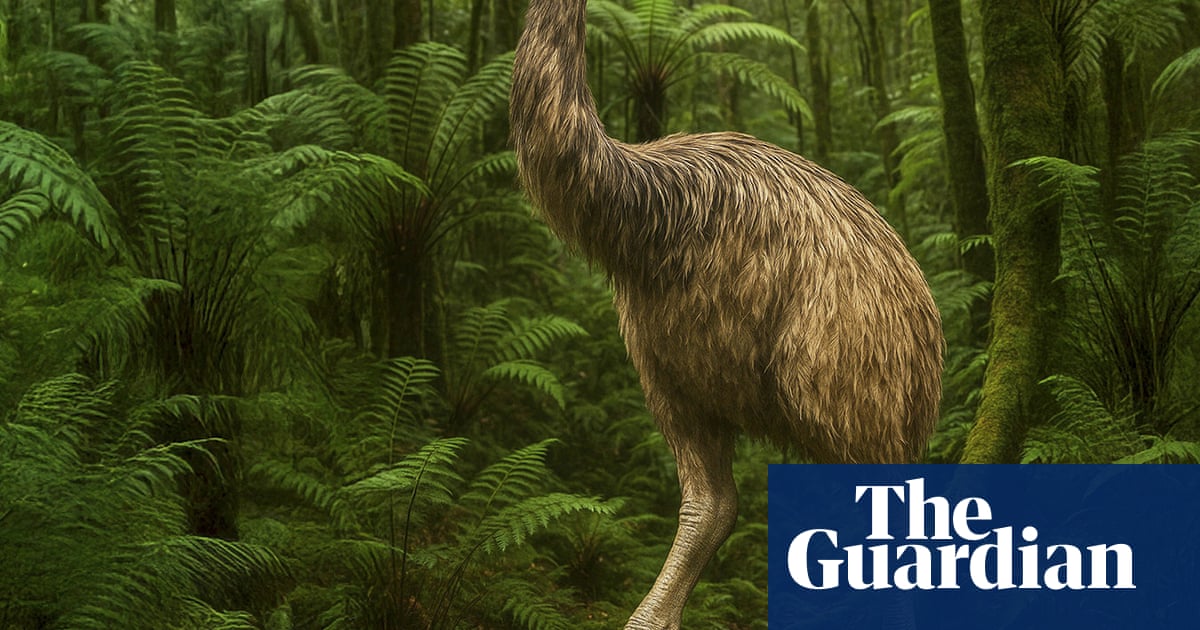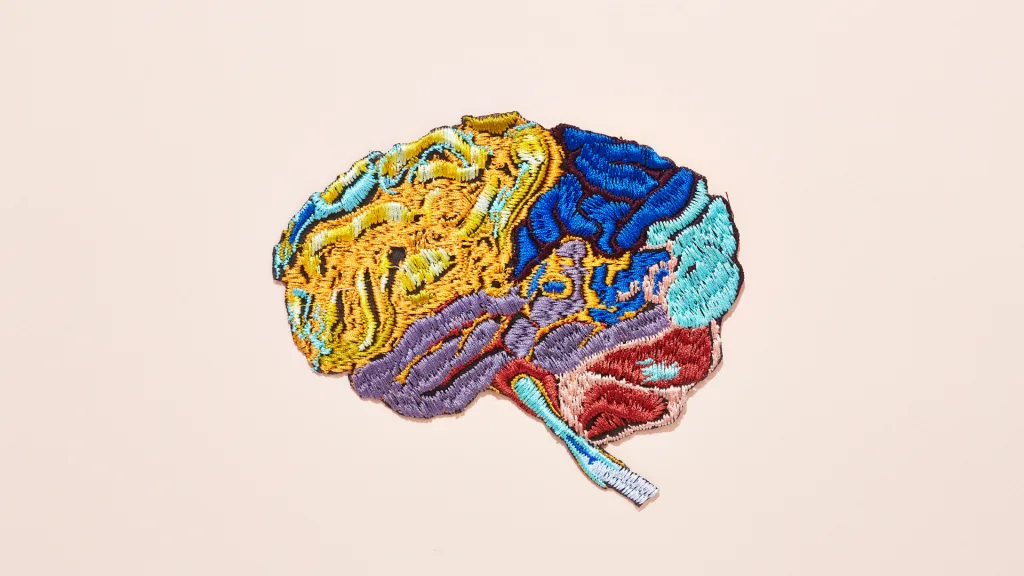Cancer
fromNature
1 month agoLymph node environment drives FSP1 targetability in metastasizing melanoma - Nature
Multiple murine and human melanoma cell lines, including B16-F0 derivatives and engineered knockouts/overexpressors, were authenticated, cultured in DMEM with 10% FBS, and tested for mycoplasma.






